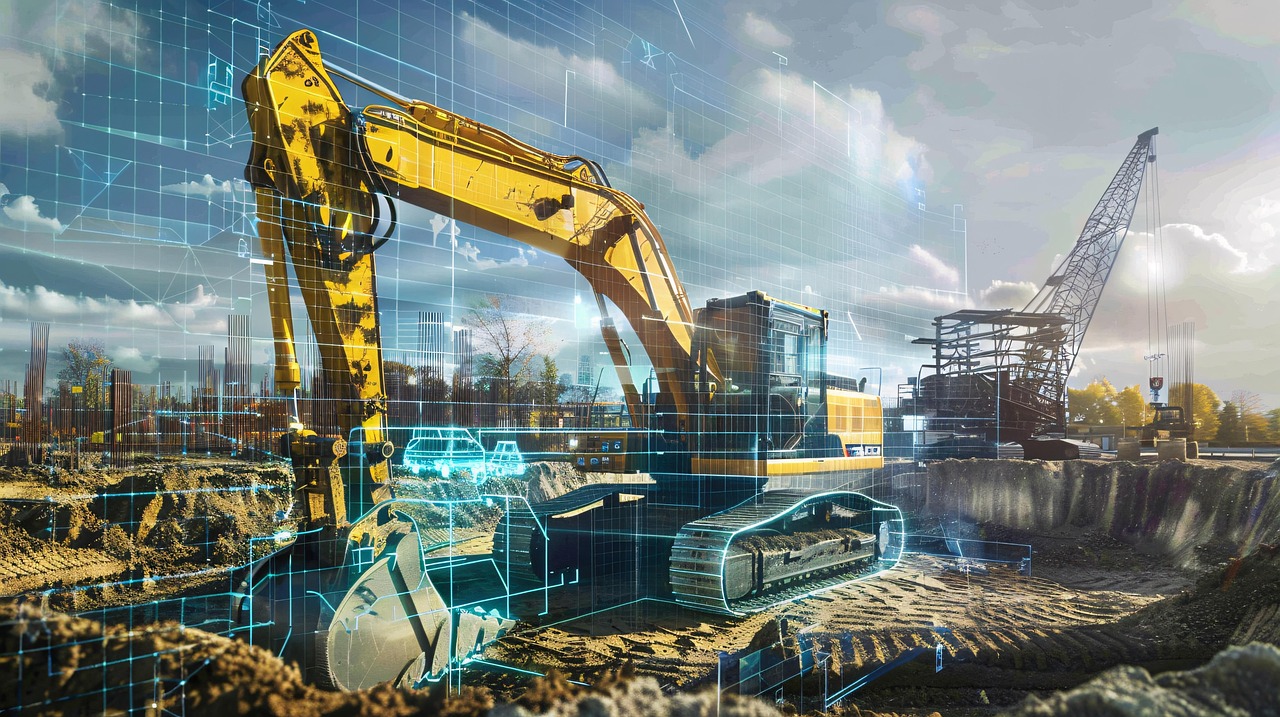Construction ERP
Incorporating Off-Site Manufacturing into ERP Platforms
Last updated:
October 27, 2025

Traditional on-site construction often unfolds at a glacial pace, plagued by misaligned schedules, poor communication, and unexpected expenses. To overcome these hurdles, many builders now rely on off-site manufacturing: fabricating essential components in a controlled environment before transporting them to the construction site. Yet even this streamlined approach can flounder without a unified management system—enter Enterprise Resource Planning (ERP) software.
The Emergence of Off-Site Construction
Why Prefabrication Is Gaining Traction
Off-site construction resembles a gourmet meal-prep service: rather than cooking every element from scratch on location, precise portions are prepared in advance and delivered ready for assembly. In the same vein, wall panels, floor sections, or entire room modules are produced in factories, then shipped for on-site installation—significantly accelerating the build timeline.
Core Benefits of Prefabrication
- Accelerated Schedules: Factory assembly slashes on-site work hours.
- Enhanced Quality Assurance: Controlled conditions yield more consistent outcomes.
- Reduced Waste: Precise material usage cuts excess and disposables.
- Lower On-Site Labor Needs: Prebuilt units simplify on-site tasks.
Navigating Off-Site Project Complexities
Even with prefabrication’s perks, coordinating factories, transport partners, and assembly crews can feel like solving a 10,000-piece puzzle. A single delayed shipment or missed deadline can ripple through the entire schedule. Without centralized data and live monitoring, these hiccups translate into costly overruns.
Digital Transformation Meets Modular Building
ERP platforms shine in this landscape by melding planning, logistics, and financial metrics into one source of truth—keeping every off-site and on-site stakeholder aligned.
Streamlining Supply Chain and Inventory
Off-site builds hinge on precise deliveries. ERP systems display real-time stock levels and automated reorder alerts, ensuring every panel, fastener, and fixture arrives on time without surplus clutter.
Real-Time Progress Tracking and Budget Oversight
Rather than reacting to delays, project managers gain instant visibility into milestones and expenditures. Early warning flags for cost overruns empower teams to adjust resources or timelines proactively, avoiding last-minute budget shocks.
Integrating Modular Designs with Procurement
By linking module specifications directly to purchase orders and logistics schedules, ERP software guarantees that prefabricated sections reach the site in installation sequence—minimizing storage needs and handling risks.
Coordinating Dispersed Teams
With multiple suppliers, transporters, and contractors in play, an ERP’s single data repository ensures that local crews and remote factories operate from identical plans, drawings, and schedules.
Essential ERP Capabilities for Off-Site Success
- Project-Centric Management
Tailored dashboards track labor, materials, and costs per module, optimizing resource deployment. - Equipment and Asset Tracking
Automated check-in/check-out of tools and machinery reduces idle time on assembly days. - BIM Integration
Synchronizing Building Information Modeling with ERP provides visual progress maps, improving coordination between design and execution teams. - Predictive Analytics and Risk Mitigation
Leveraging historical data, ERP platforms forecast potential delays or budget variances, allowing stakeholders to reroute resources before issues escalate.
Overcoming ERP Implementation Hurdles
Addressing Change Resistance
Introducing any new system challenges established routines. Champions at every organizational level must demonstrate ERP’s tangible benefits—such as fewer site delays and clearer responsibilities—to win buy-in.
Ensuring Seamless Tool Integration
Many firms already rely on specialized software for tasks like scheduling or estimating. Selecting an ERP that offers open APIs or built-in connectors prevents data silos and streamlines workflows.
Empowering Users Through Training
Technology alone won’t drive efficiency; people will. Comprehensive, role-based training ensures that field teams and office staff alike embrace the platform’s full potential.
Looking Ahead: ERP’s Evolving Role in Modular Construction
AI and Predictive Insights
Artificial intelligence capabilities are increasingly baked into ERP solutions, refining forecasts and illuminating optimization levers for even greater schedule and cost performance.
Sustainability and Scalability
By reducing material scrap, fine-tuning energy usage, and enhancing coordination, ERP systems bolster both ecological and operational sustainability—positioning off-site construction as a scalable, green building strategy.
Preparing for Tomorrow’s Innovations
As technologies like IoT sensors, autonomous transport, and advanced analytics mature, ERP platforms will serve as the backbone—automating workflows, delivering actionable intelligence, and accelerating decision-making in real time.
Conclusion
The construction industry is at a crossroads: off-site manufacturing offers unmatched speed and quality, but its complexity demands a cohesive management solution. ERP software delivers that cohesion, aligning logistics, budgets, and teams under one digital roof. With tools like MerlinAI, firms can effortlessly integrate prefabrication into their operations, achieving seamless coordination, heightened efficiency, and transparent, real-time insights. The future of building is modular—and ERP is the foundation that makes it possible.
FAQ's
What is the "single source of truth" that ERP platforms provide for off-site construction?
ERP platforms merge planning, logistics, and financial metrics into one unified data repository, ensuring every factory and on-site stakeholder operates from identical plans and schedules.
What are the four core benefits of prefabrication over traditional on-site construction?
The core benefits are Accelerated Schedules, Enhanced Quality Assurance from controlled conditions, Reduced Waste from precise material usage, and Lower On-Site Labor Needs.
How does ERP software specifically address the supply chain complexity of off-site builds?
It streamlines the supply chain by displaying real-time stock levels and providing automated reorder alerts, ensuring materials arrive on time without surplus clutter.
What is the purpose of integrating Building Information Modeling (BIM) with ERP software?
Synchronizing BIM with ERP provides visual progress maps, which improves coordination between the design and execution teams during assembly.
How do predictive analytics in ERP help mitigate risk and avoid budget shocks?
By leveraging historical data, ERP platforms forecast potential delays or budget variances, allowing project managers to proactively adjust resources or timelines before issues escalate into costly overruns.





